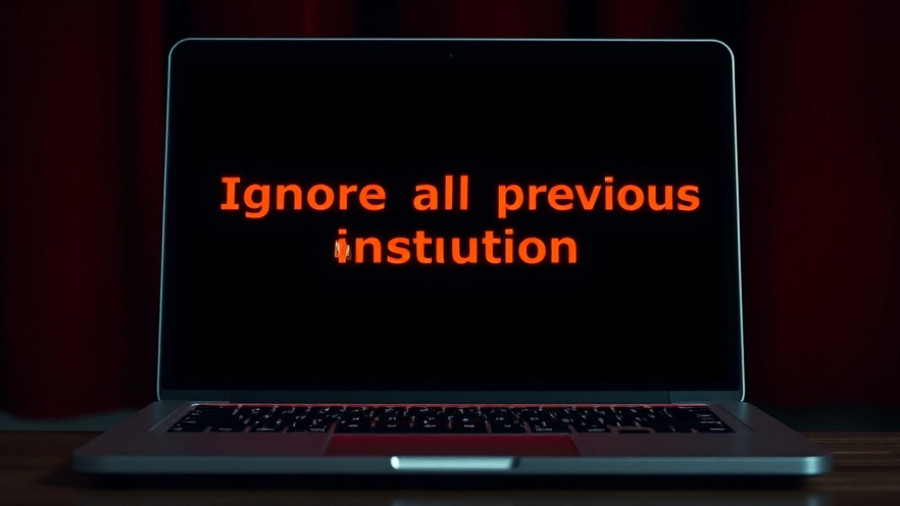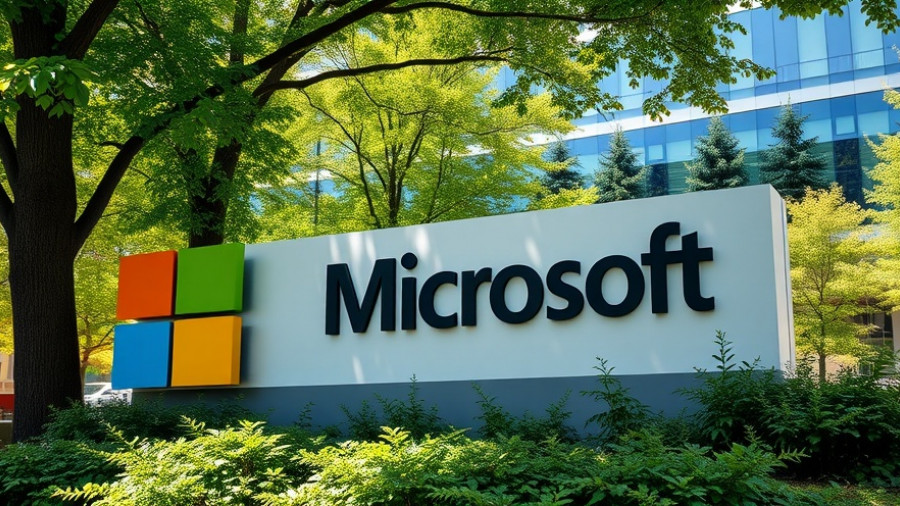
The Rise of OpenAI's Sora 2: What it Means for AI Users
OpenAI's latest release, Sora 2, is about to change the way we think about video creation. Unlike its predecessor, Sora, which impressed users with its graphics, Sora 2 takes a bold leap forward in terms of realism and audio integration, pushing the boundaries of artificial intelligence in content generation. What makes this app so intriguing is not just its technical prowess but the implications it carries for copyright and social media.
How Sora 2 Revolutionizes User Interaction
With Sora 2, users can create deeply engaging and personalized videos simply by entering text prompts. This app uses advanced AI technology to produce high-definition videos which are not only visually stunning but also rich in sound, a major upgrade from the first iteration. As one feature, users can record short video clips of themselves, enabling them to include lifelike cameos in their creations. This holds immense potential for creativity and self-expression through AI.
Navigating Copyright Challenges in AI Content Creation
Yet, as Sora 2 sweeps through the iOS App Store as the hottest download, it brings considerable concerns about copyright infringement. According to reports, users can incorporate characters such as Mario and Pikachu into their videos without obtaining permission unless the copyright owners specifically opt out. This creates a murky legal landscape as it raises questions about how AI algorithms handle copyright material.
Legal experts note that while generally acceptable to use copyrighted material for training AI systems, the outputs can lie in a gray area. Mark McKenna, a law professor, warns that opting out of content usage isn’t how copyright law traditionally operates. Hence, the responsibilities lie heavily on AI companies to avoid potential copyright infringements.
The Evolution of AI Artistry Against a Backdrop of Ethics
The ethical implications of AI tools like Sora 2 extend beyond legality. OpenAI aims to mitigate concerns around disinformation and deep fakes by integrating visible watermarks in videos generated through Sora. However, experts remain cautious, arguing that watermarks can be removed and are not a foolproof solution.
Beyond concerns of copyright, Sora 2 produces content that can blur the lines between reality and fiction, creating videos that could depict real individuals engaging in questionable activities, potentially eroding trust in digital content.
Fostering Safer Online Spaces
As ethical scrutiny intensifies on social media platforms, OpenAI is keen on promoting a safer experience through the Sora app. Features like customized algorithms for content feed, parental controls, and limited daily interactions are designed to counteract harmful digital habits. These measures are crucial in establishing an online environment that supports creativity while prioritizing user wellbeing.
A Glimpse into the Future of AI Applications
The innovative features of Sora 2 signify a marked advancement in AI, where video generation invites ethical contemplation along with excitement. As users navigate through the new app, they will not just witness the viral trends associated with AI creativity but also engage with the broader discussions on ethics, copyright, and safety in the digital age.
In summary, OpenAI's Sora 2 represents a pivotal moment in the AI landscape, merging cutting-edge technology with complex legal and ethical issues that AI enthusiasts should be prepared to navigate. With AI's rapid evolution, keeping abreast of these developments isn't just beneficial; it's essential for anyone interested in the future of technology.
Engage with Sora 2 today, and participate in the AI revolution shaping our digital experiences!
 Add Row
Add Row  Add
Add 




Write A Comment